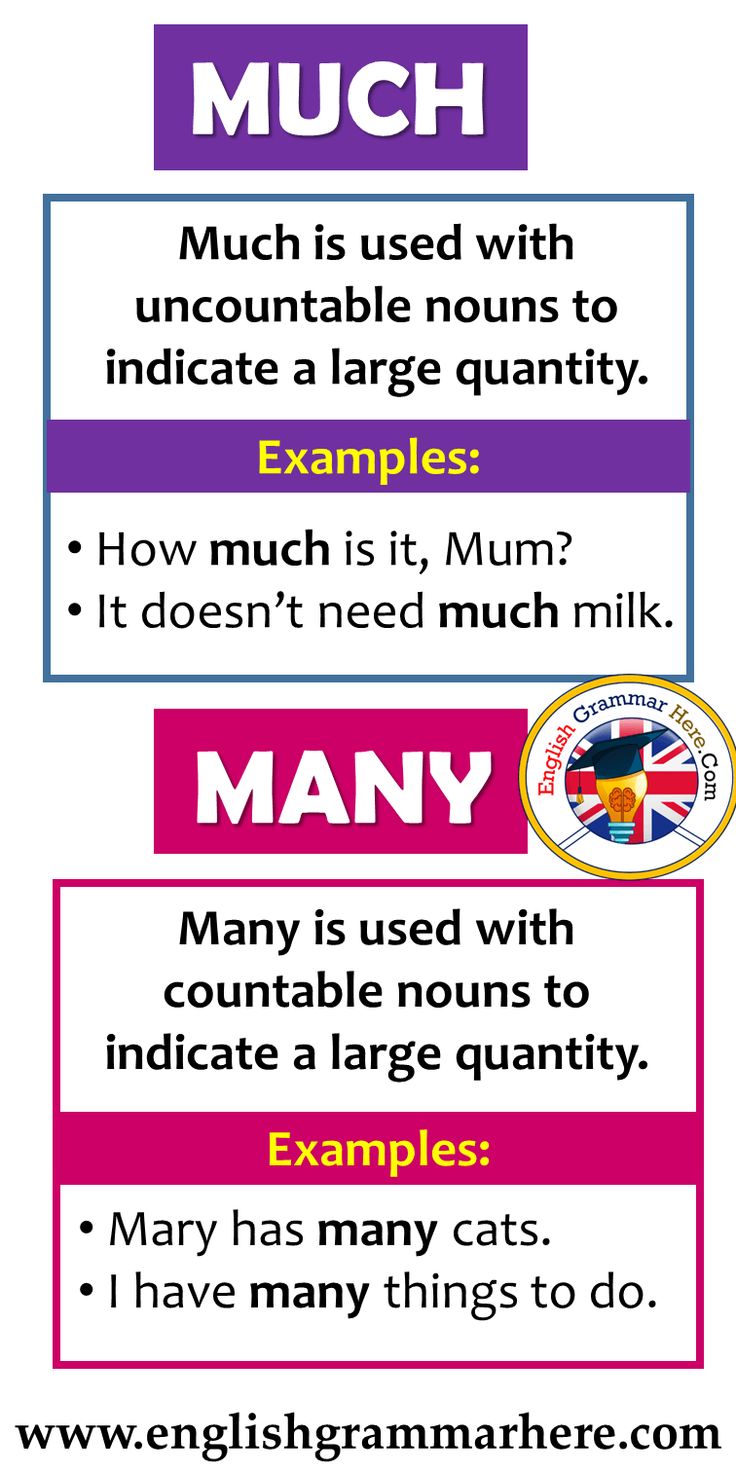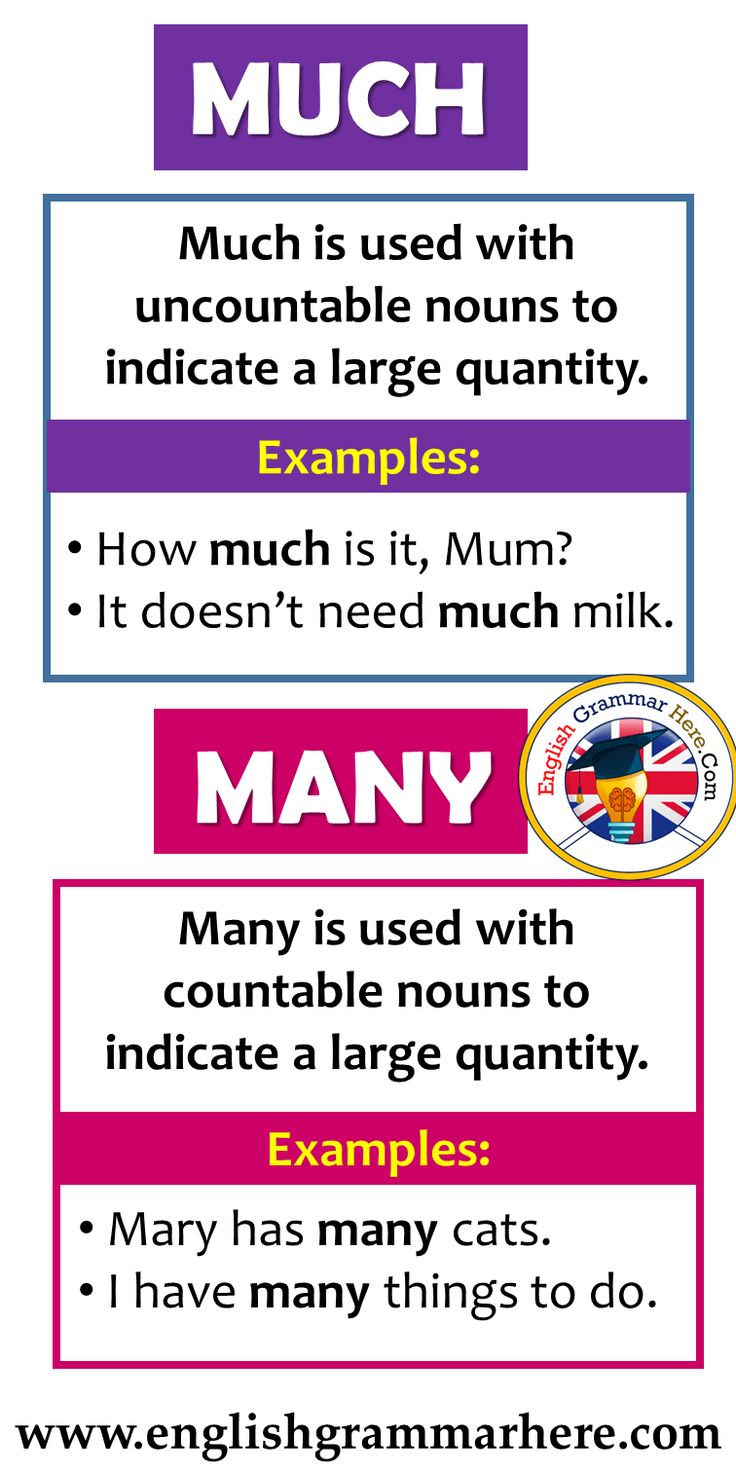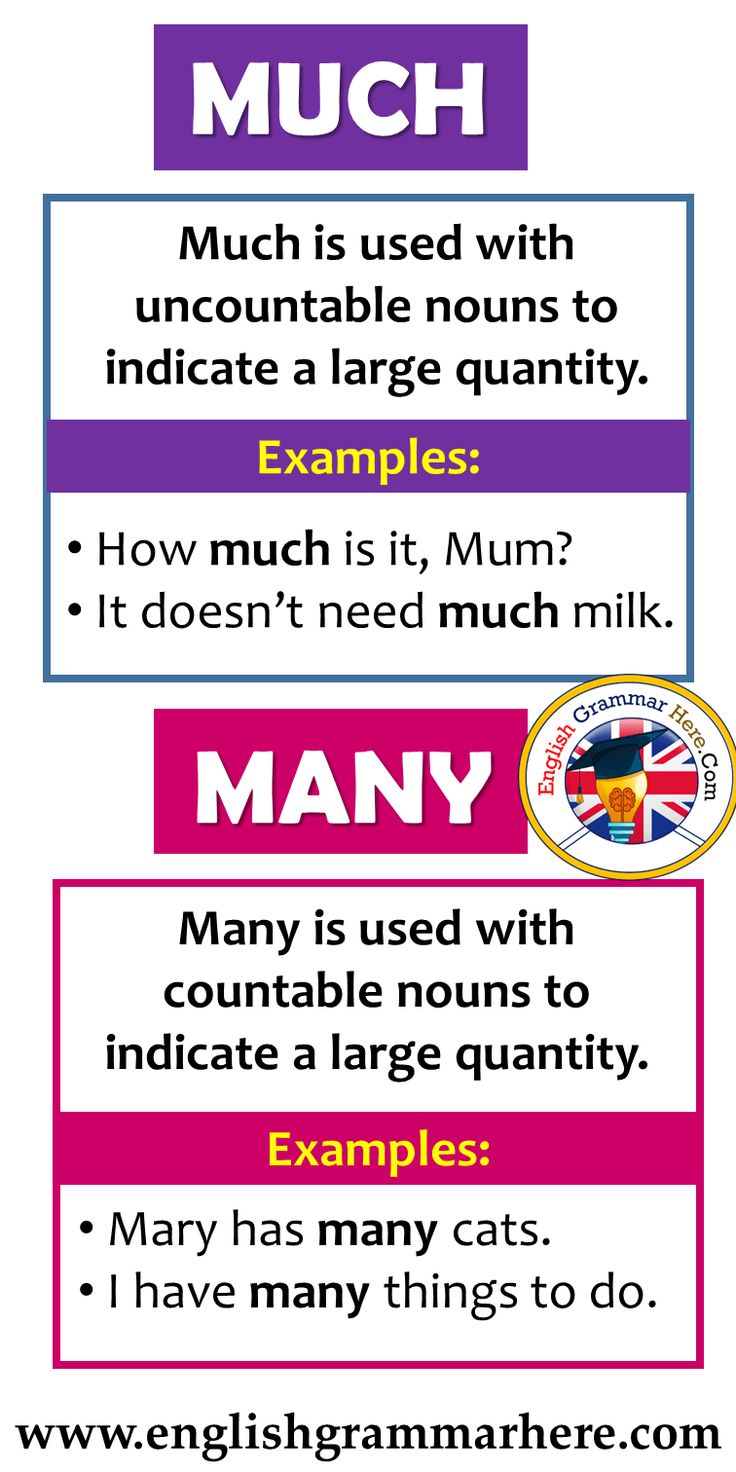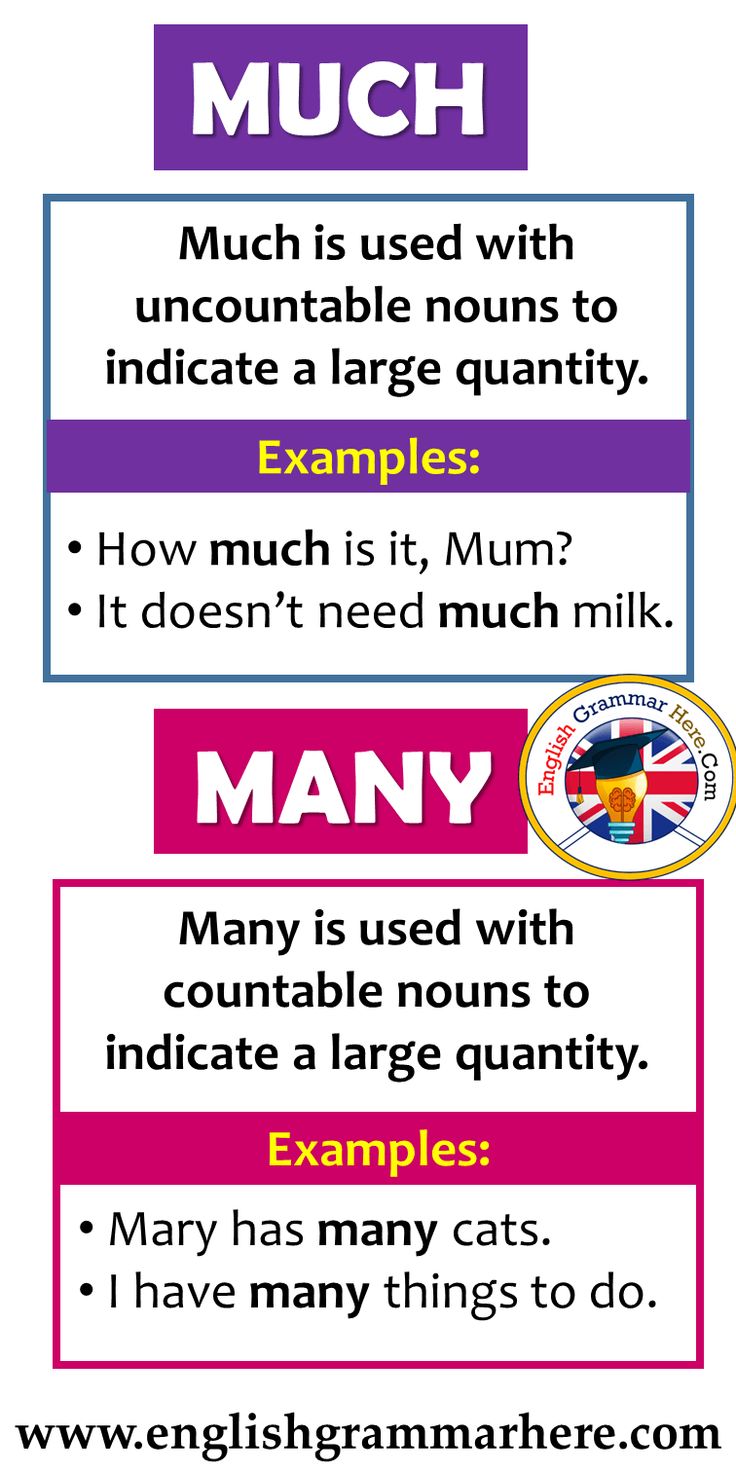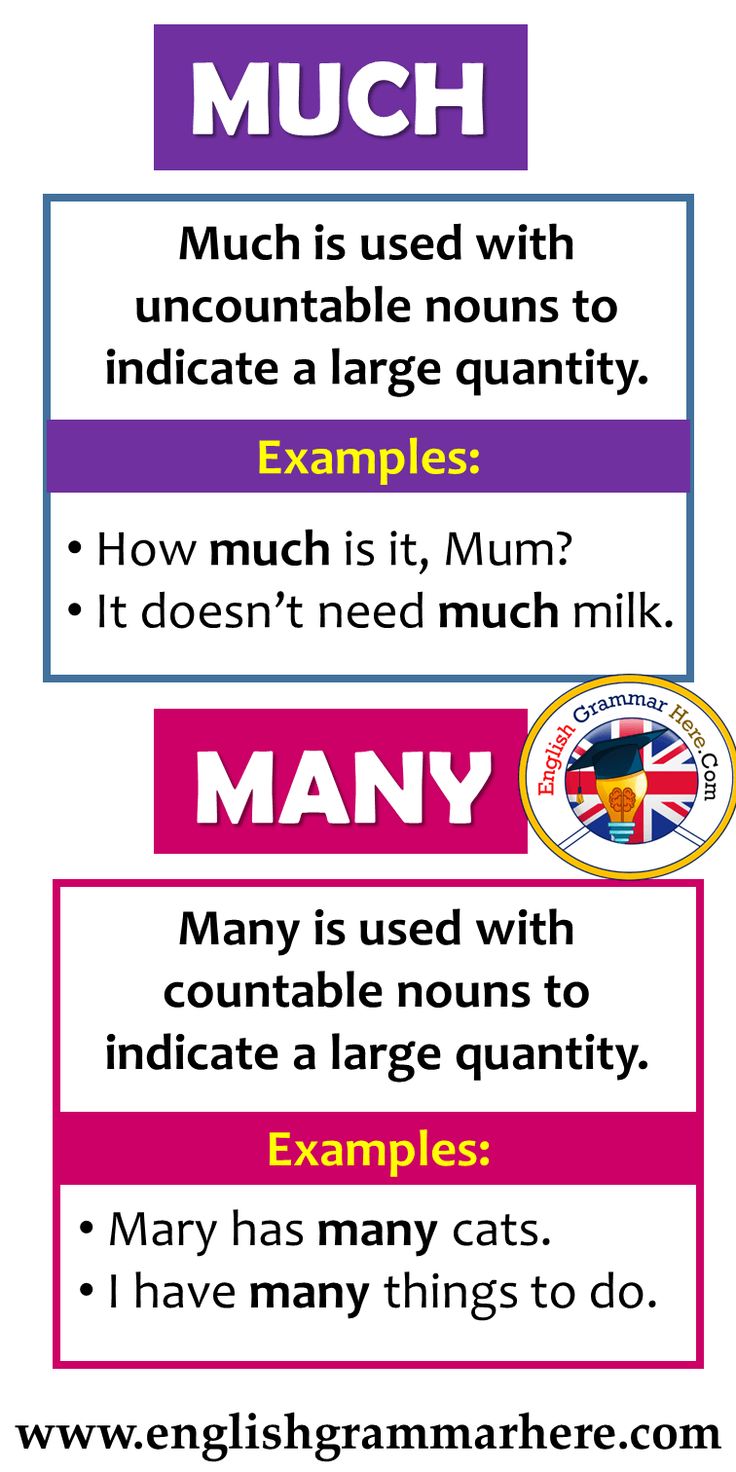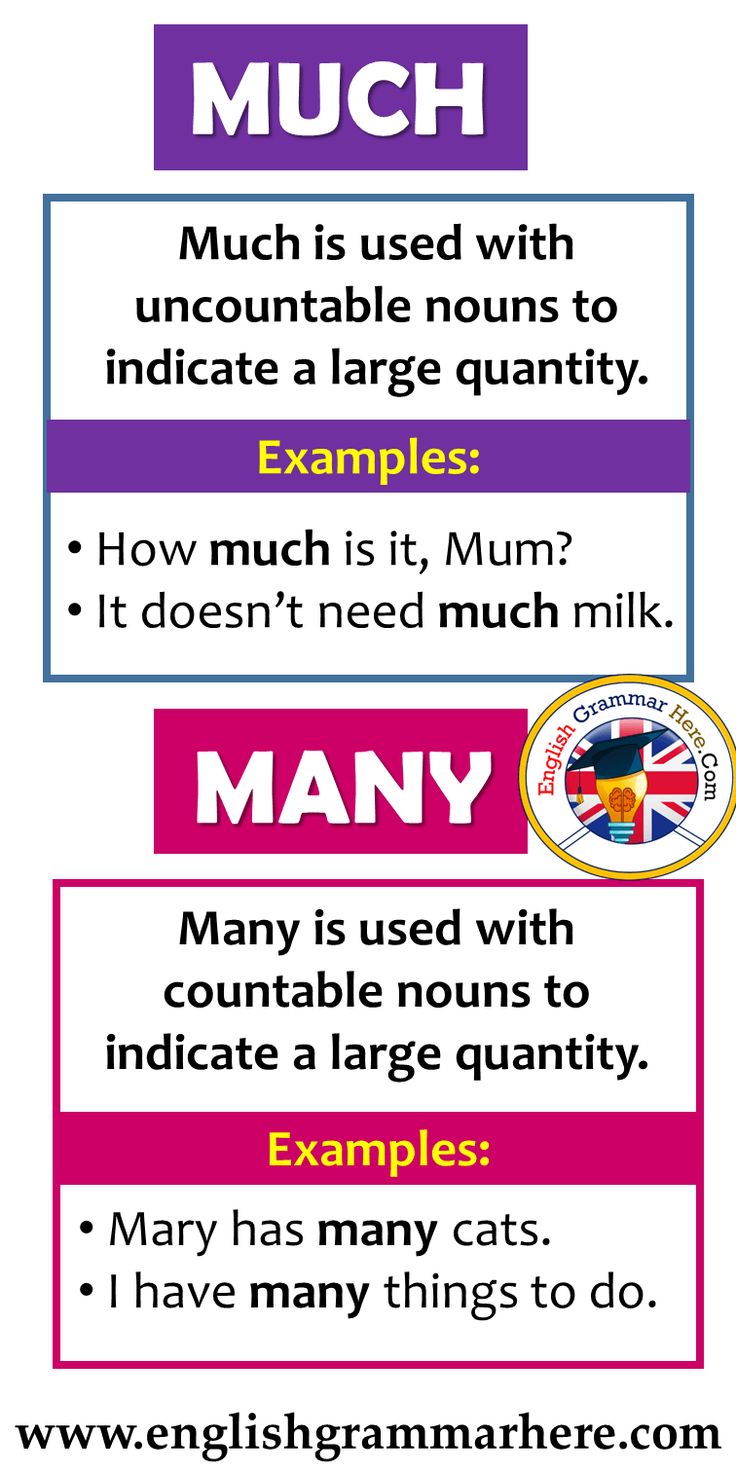How Much Is A Jeep Wrangler Lift Kit? Your Comprehensive Guide to Cost and Considerations
How Much Is A Jeep Wrangler Lift Kit? Your Comprehensive Guide to Cost and Considerations jeeps.truckstrend.com
For many Jeep Wrangler owners, the desire to elevate their vehicle goes beyond mere aesthetics. A lifted Wrangler signals capability, adventure, and a distinct presence on and off the road. But as soon as the idea takes root, the practical question emerges: How much is a Jeep Wrangler lift kit? This isn’t a simple question with a single answer. The cost of a lift kit for your beloved Wrangler can vary wildly, ranging from a few hundred dollars to several thousand, depending on numerous factors. This comprehensive guide will break down the costs, types, and considerations, helping you navigate the exciting world of Jeep Wrangler customization.
Understanding the Investment: How Much Is A Jeep Wrangler Lift Kit?
How Much Is A Jeep Wrangler Lift Kit? Your Comprehensive Guide to Cost and Considerations
A Jeep Wrangler lift kit is essentially a modification to your vehicle’s suspension or body that raises its overall height. The primary reasons for installing one are:
- Increased Ground Clearance: Essential for tackling more challenging off-road obstacles without scraping the undercarriage.
- Accommodating Larger Tires: A taller stance allows for bigger tires, which further enhances off-road capability and provides a more aggressive look.
- Improved Articulation: Higher-quality suspension lifts can improve wheel travel and articulation, allowing the wheels to maintain contact with uneven terrain more effectively.
- Aesthetics: Let’s be honest, a lifted Jeep Wrangler just looks more imposing and capable, turning heads wherever it goes.
The "how much" depends heavily on the type of lift, the quality of components, the desired lift height, and whether you opt for professional installation or tackle it yourself. It’s not just the kit itself; it’s an ecosystem of potential upgrades and associated costs that can quickly add up.

Dissecting the Costs: Types of Jeep Wrangler Lift Kits and Their Price Tags
When considering how much a Jeep Wrangler lift kit is, it’s crucial to understand the different types available, as each comes with its own price point and performance implications.
1. Spacer Lifts (Budget Boosts)
- What it is: These are the most affordable and simplest lift kits. They involve placing spacers above or below your existing coil springs to gain height, or extended bump stops and shock extensions.
- Pros: Inexpensive, easy to install, maintains factory ride quality (mostly).
- Cons: Does not improve suspension travel or articulation, primarily for aesthetics and fitting slightly larger tires.
- Cost Range: $100 – $400 for the kit alone.

2. Coil Spring Lifts (Entry-Level Suspension Lifts)

- What it is: These kits replace your factory coil springs with taller, often stiffer, aftermarket springs. They usually include new shocks or shock extensions.
- Pros: Better performance than spacers, improved ride quality (depending on shock choice), more genuine lift.
- Cons: More involved installation, can change ride dynamics.
- Cost Range: $400 – $1,000 for the kit.
3. Short Arm Suspension Lifts
- What it is: A step up from basic coil spring lifts, these kits include new coil springs, shocks, and typically new control arms (or cam bolts for caster correction) and track bars. "Short arm" refers to the length of the control arms, which connect the axles to the frame.
- Pros: Significant improvement in off-road capability, better articulation, and handling compared to basic lifts. A good balance of performance and cost.
- Cons: Can introduce some driveline angles or require additional components at taller lift heights (e.g., 3.5 inches and up).
- Cost Range: $800 – $2,500+ for the complete kit. Brands like TeraFlex, Rough Country, and Old Man Emu are popular in this segment.
4. Long Arm Suspension Lifts
- What it is: The crème de la crème of suspension lifts, long arm kits replace the factory short control arms with much longer ones that mount further back on the frame. This provides a flatter control arm angle, significantly improving ride quality on-road and articulation off-road.
- Pros: Superior ride quality, incredible off-road performance, maximum articulation, ideal for serious rock crawling and larger tires.
- Cons: Most expensive, complex installation often requiring welding and cutting the frame, not typically needed for casual off-roading.
- Cost Range: $2,500 – $5,000+ for the kit. Premium brands like MetalCloak, Rock Krawler, and BDS offer high-end long arm systems.
5. Body Lifts
- What it is: Instead of modifying the suspension, a body lift raises the body of the Jeep off its frame using spacers.
- Pros: Very inexpensive, easy to install, doesn’t affect suspension geometry or ride quality.
- Cons: Provides no increase in ground clearance (only lifts the body, not the axles), can look awkward if too high, doesn’t improve off-road performance, can expose frame. Primarily for fitting slightly larger tires without suspension modification.
- Cost Range: $100 – $300 for the kit.
Key Factors Influencing How Much a Jeep Wrangler Lift Kit Costs
Beyond the type of lift, several other variables significantly impact the final price tag:
- Lift Height: Generally, the taller the lift (e.g., 4 inches vs. 2 inches), the more components are needed (new driveshafts, steering correction, etc.), increasing the overall cost.
- Component Quality: High-performance shocks (e.g., Fox, King, Bilstein) and heavy-duty adjustable control arms will drive up the price compared to basic fixed components.
- Brand Reputation: Established and well-regarded brands known for engineering and durability (e.g., TeraFlex, AEV, MetalCloak) typically command higher prices than budget brands.
- Completeness of the Kit: Some kits are "bare bones" and only include springs and shocks, while others are "complete systems" with everything from brake line extensions to new track bars and even driveshafts.
- Installation Costs (DIY vs. Professional): This is often the most significant variable after the kit itself.
DIY vs. Professional Installation: A Major Cost Factor
When determining how much a Jeep Wrangler lift kit is, the installation aspect is paramount.
DIY Installation
- Pros: Saves a significant amount of money on labor, offers a rewarding learning experience, you gain intimate knowledge of your vehicle.
- Cons: Requires mechanical aptitude, a good set of tools (jack stands, floor jack, torque wrench, impact gun, various sockets/wrenches, spring compressors), ample time (can take 8-20+ hours depending on the kit), and a high degree of safety awareness. Mistakes can be costly or dangerous.
- Estimated Cost: $0 (labor) + cost of tools if you don’t already own them.
Professional Installation
- Pros: Expertise, faster turnaround, proper alignment and adjustments, potential warranty on labor, peace of mind.
- Cons: Adds significantly to the overall cost.
- Estimated Cost: $600 – $1,500+ depending on the complexity of the lift and the shop’s labor rates (typically $100-$150 per hour). A basic spacer lift might be 4-6 hours, while a complex long arm kit could be 15-30+ hours.
Beyond the Lift Kit: The Hidden Costs You Must Budget For
Many first-time lifters only consider the cost of the kit and installation. However, to truly answer how much a Jeep Wrangler lift kit is, you must account for these often-overlooked but crucial additional expenses:
- Larger Tires and Wheels: A lifted Jeep usually demands larger tires (e.g., 33-inch, 35-inch, or even 37-inch) to fill the wheel wells and maximize the lift’s potential. This is often the single most expensive part of the entire modification.
- Cost: $1,500 – $4,000+ for a set of five tires and wheels.
- Alignment: Absolutely essential after any suspension modification to ensure proper steering, handling, and tire wear.
- Cost: $100 – $250.
- Driveshafts: For lifts 3 inches and taller, especially on JK/JL Wranglers, the factory driveshafts can bind or vibrate due to increased angles. Aftermarket heavy-duty driveshafts become necessary.
- Cost: $400 – $1,000+ per driveshaft.
- Brake Line Extensions/Relocation Brackets: To accommodate increased suspension travel.
- Cost: Often included in comprehensive kits, or $50 – $200 separately.
- Steering Correction: Track bars, drag links, and tie rods may need to be replaced or upgraded to correct steering geometry and prevent "death wobble."
- Cost: $200 – $800+.
- Re-gearing: When installing significantly larger tires (e.g., going from 32s to 37s), your factory gear ratios will make the Jeep feel sluggish and impact fuel economy. Re-gearing the axles restores power and efficiency.
- Cost: $1,500 – $3,000+ for parts and labor for both axles.
- Fender Flares: If your new, wider tires stick out beyond the factory flares, you might need wider aftermarket flares to comply with local laws and prevent debris from kicking up.
- Cost: $300 – $1,000+.
Comprehensive Price Table: How Much Is A Jeep Wrangler Lift Kit?
Here’s an estimated breakdown to help you budget, keeping in mind that these are broad ranges and actual prices will vary by brand, specific components, and location.
| Lift Kit Type | Lift Height (approx.) | Kit Cost (DIY) | Kit Cost (Pro Grade) | Pro Installation Cost (Labor Only) | Estimated Total (Kit + Pro Install) | Potential Additional Costs (Tires, Gears, Driveshafts, etc.) |
|---|---|---|---|---|---|---|
| Spacer Lift (Budget) | 1-2.5 inches | $100 – $300 | $150 – $400 | $300 – $600 | $450 – $1,000 | $1,500 – $3,000 (Tires/Wheels, Alignment) |
| Coil Spring Lift | 2-3 inches | $400 – $800 | $500 – $1,000 | $500 – $800 | $1,000 – $1,800 | $2,000 – $4,000 (Tires/Wheels, Alignment, possibly Driveshaft) |
| Short Arm Lift | 2.5-4 inches | $800 – $2,000 | $1,000 – $2,500 | $800 – $1,200 | $1,800 – $3,700 | $3,000 – $6,000 (Tires/Wheels, Driveshafts, Gears, Steering) |
| Long Arm Lift | 3.5-6 inches | $2,500 – $5,000+ | $3,000 – $7,000+ | $1,200 – $3,000+ | $3,700 – $10,000+ | $4,000 – $8,000+ (Tires/Wheels, Driveshafts, Gears, Steering, Fenders) |
| Body Lift | 1-1.5 inches | $100 – $250 | $150 – $300 | $300 – $500 | $450 – $800 | $1,500 – $3,000 (Tires/Wheels, minimal else) |
Note: The "Pro Grade Kit Cost" reflects kits from reputable brands designed for durability and performance. "Potential Additional Costs" are highly variable and represent a significant portion of the total investment for a fully functional and optimized lifted Wrangler.
Choosing the Right Path for Your Wrangler
Before you ask how much a Jeep Wrangler lift kit is and dive into purchases, ask yourself:
- What’s my primary use case? Daily driver, light trails, moderate off-roading, or extreme rock crawling?
- What’s my ultimate tire size goal? This dictates the minimum lift height and other necessary modifications.
- What’s my total budget? Be realistic and include all potential hidden costs.
- Am I comfortable with DIY, or do I need professional help?
Research, read reviews, talk to experienced Jeepers, and consult with reputable off-road shops. Don’t compromise on quality for critical components, especially steering and suspension, as this impacts safety and longevity.
Concluding Thoughts: The Value of a Lifted Wrangler
Ultimately, how much a Jeep Wrangler lift kit is is not just about the monetary value, but the value it adds to your adventuring capabilities and the personal expression of your vehicle. While the initial sticker shock can be real, the investment opens up a world of new trails, greater confidence on challenging terrain, and the undeniable satisfaction of driving a truly capable and distinctive machine. Plan wisely, budget comprehensively, and enjoy the journey of transforming your Jeep Wrangler.
Frequently Asked Questions (FAQ)
Q1: How much lift do I actually need for my Jeep Wrangler?
A1: It depends on your tire size goal and intended use.
- 2.5 inches: Generally allows for 33-inch tires on JK/JL, 31-32 inch on TJ/YJ, good for light trails and aesthetics.
- 3.5 inches: Often ideal for 35-inch tires on JK/JL, 33-inch on TJ/YJ, provides significant capability for moderate off-roading.
- 4+ inches: For 37-inch+ tires and serious rock crawling, but requires substantial additional modifications (driveshafts, re-gearing, steering upgrades).
Q2: Can I install a lift kit myself?
A2: Yes, if you have mechanical skills, the right tools, and plenty of time. Spacer lifts and basic coil spring lifts are generally manageable for a competent DIYer. More complex short arm and especially long arm kits require advanced skills, specialized tools, and often welding. If unsure, professional installation is always recommended for safety and proper function.
Q3: Will a lift kit void my Jeep’s warranty?
A3: Generally, installing an aftermarket lift kit will not automatically void your entire vehicle warranty. However, any component that fails as a direct result of the lift kit installation or the lift kit itself will not be covered under warranty. For example, if your driveshaft fails due to increased angles from the lift, that specific repair might not be covered. Always check with your dealership or Jeep’s official warranty policy.
Q4: Do I need new tires with a lift kit?
A4: While not always immediately required for small spacer lifts, the primary reason most people lift their Jeep is to fit larger tires. A lifted Jeep on stock tires can look disproportionate. To fully realize the benefits of a lift (ground clearance, off-road traction), larger tires are highly recommended and are often the most significant part of the overall cost.
Q5: What’s the difference between a body lift and a suspension lift?
A5: A suspension lift raises the frame of the vehicle off the axles by modifying or replacing suspension components (springs, shocks, control arms). This increases ground clearance under the axles and improves suspension travel. A body lift raises the body of the vehicle off the frame using spacers. It does not increase ground clearance under the axles and doesn’t improve suspension performance, but it can create space for slightly larger tires without affecting suspension geometry.
Q6: How long does it take to install a lift kit?
A6: For a DIY installation, a basic spacer lift might take 4-8 hours. A coil spring or short arm lift could take 8-20 hours, depending on your experience and tools. Professional installation is typically faster: 4-8 hours for simple lifts, and 1-3 full days for complex long arm systems.

